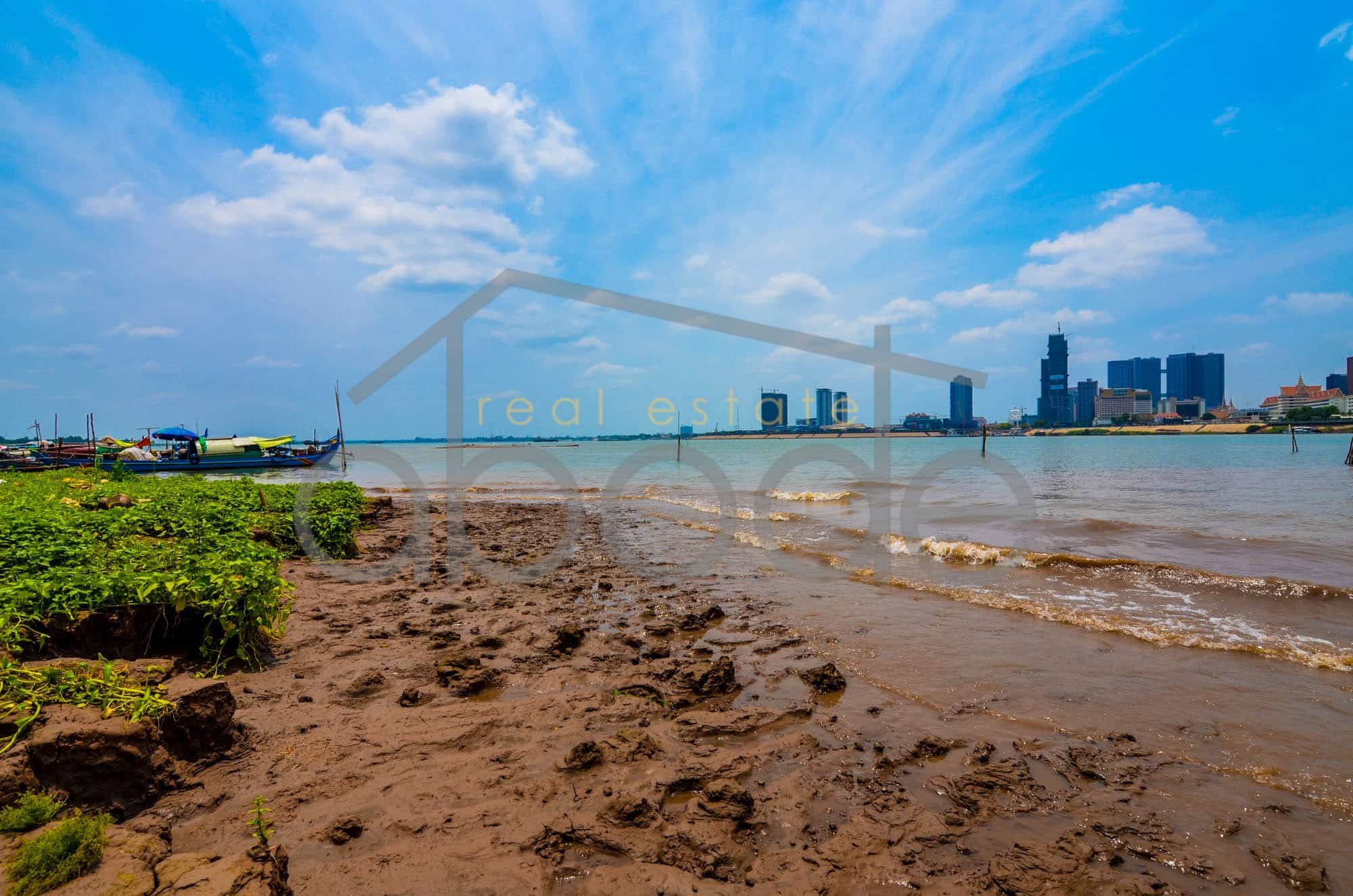Phnom Penh, an emerging city of southeast Asia once dubbed the ‘Pearl of Asia’, is the capital of Cambodia, situated where the Mekong, Bassac, Chaktomuk, and Tonle Sap rivers converge.
The city is split into 3 distinct areas:
- The north, a lovely residential neighborhood
- The south, or French sector of the city, with its government buildings, banks, and colonial homes
- The centre, with its winding streets, markets, shops and eateries.
The city has seen enormous development over the past few years; enterprises are continuously sprouting up, and tourism is once more booming.
To further encourage investment, Cambodia has one of the most lenient investment regulations.
As a result, the country has managed to maintain much of its beauty and character, evidenced by its smiling people, vast boulevards, ancient colonial buildings, parks, and green areas.
Royal Palace and National Museum of Cambodia
The Royal Palace, which was constructed on the site of the 1813-built Banteay Kev fortress, is only a short distance from the Tonle Sap and includes –
- The Prasat Tevea Vinichhay Throne Room, which is used for royal coronations, state receptions, and traditional ceremonies
- The Chan Chhaya Pavilion, which serves as a location for dance performances
- The Khemarin, the king’s official residence; the Napoleon Pavilion; and the magnificent Silver Pagoda
It’s worth exploring this pagoda. The 5,000 silver tiles, each weighing one kilogram, that cover the whole floor are what gave it its name.
Immediately north of the Royal Palace is an elegant, traditional-style terracotta building that houses the National Museum of Cambodia.
It was erected between 1917 and 1920. Entry costs $10 and is available every day from 8:00 am to 5:00 pm.
Inside, photography is not allowed. The headquarters of the École des Beaux-arts are located in a building behind the main structure.
Independence Monument
Following their defeat at the battle of Dien Bien Phu in May 1954 by the Vietnamese, the French completely gave up on their interests in Indochina.
The monument, with unusual Molyvann design, was erected in 1958 as a representation of Cambodia’s 1953 independence from France which is celebrated each year on 9 November.
It also serves as a memorial to Cambodian patriots who gave their lives for their nation.
Wat Phnom in old Phnom Penh
Wat Phnom, located in the northeast of the city on a 30-metre high hill covered in trees, is another place you might like to visit.
According to legend, the first pagoda was constructed in 1373 to house four Buddha sculptures left there by the Mekong River.
It was later found by a woman called Penh, so Phnom Penh is “the hill of Penh”.
The locals believe it has the power to grant everyone their wish, so it usual to see many people praying for healing or protection and as offerings, they bring lotus blossoms.
A little zoo is located at the base of the hill, but its cutest inhabitants are the monkeys that live in the trees above.
Tuol Sleng genocide museum and Cheung Ek ‘Killing Fields’
When Pol Pot’s security forces took control of Tuol Svay Prey High School in 1975, they converted it into Security Prison 21 (S-21) and it quickly rose to the status of the largest detention and torture facility in the nation.
Some detainees who died as a result of torture are buried in mass graves on the prison grounds, but over 17,000 prisoners of S-21 were sent to the Choeung Ek extermination camp to be killed.
Between 1975 and 1978, around 17,000 people who had been imprisoned and subjected to torture at S-21 prison (now Tuol Sleng Museum).
Among them were nine Westerners, moved to be exterminated to death in order to save valuable ammunition.
New Central and Tuol Tompong (Russian) Markets
You must pay a visit to Central Market and its amazing hall to see the local produce and maybe purchase textiles, antiques, gold, and silver jewelry.
Many stalls offer gold and silver jewelry, antique coins, clothing, clocks, flowers, food, textiles, shoes, and luggage in the four wings of the market’s yellow structure.
Another must-see is the Tuol Tom Pong Market, known as Russian Market, to purchase souvenirs, paintings, antiques, clothes, food and all manner of household items.
A word of warning, though: you will need practice your haggling skills because prices for the unseasoned can sometimes be absurdly exorbitant!





